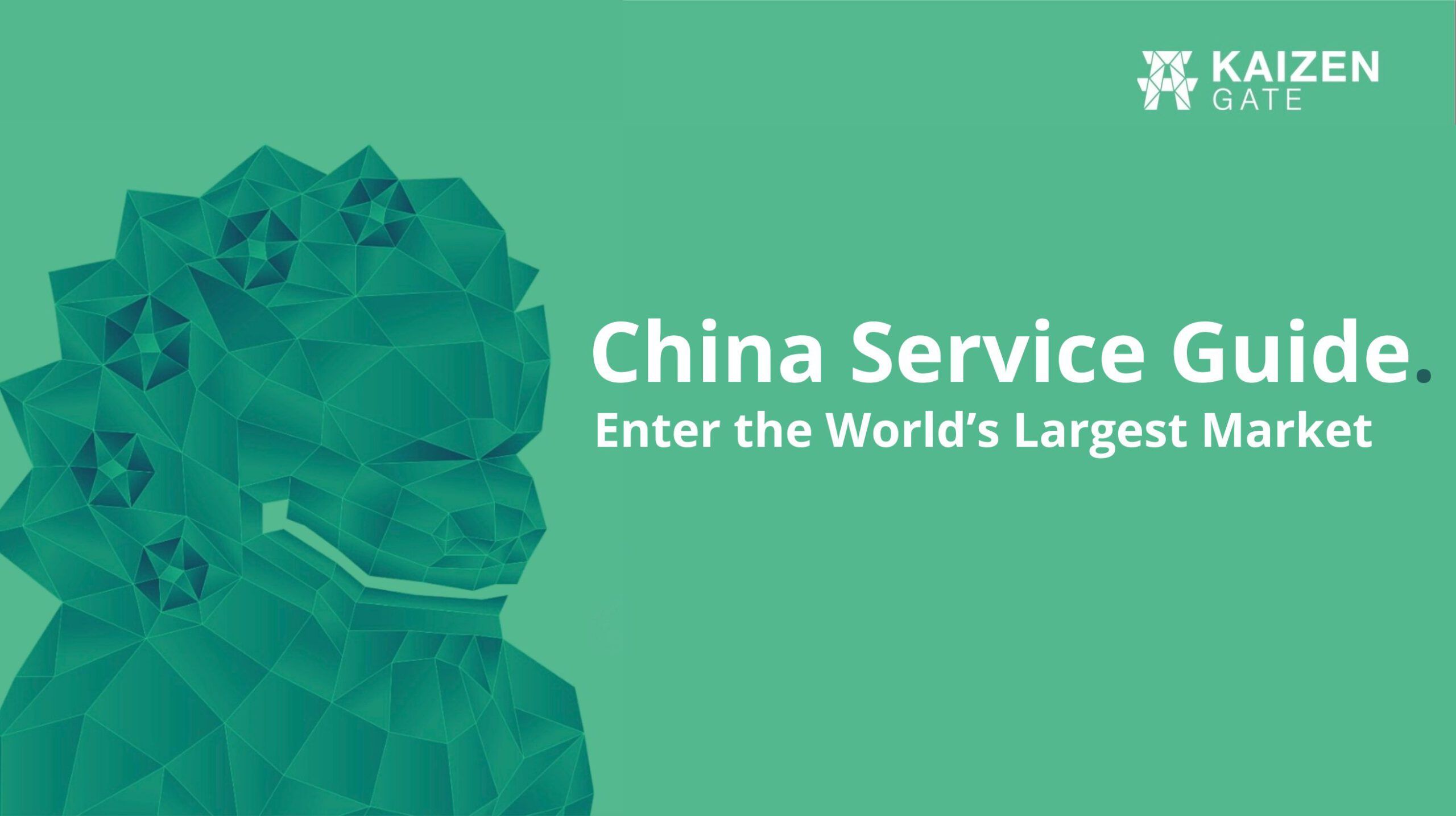China’s booming consumer market presents enormous opportunities for international SMEs and DTC brands, but navigating logistics in China, from complex customs regulations to demanding delivery expectations, can be challenging. An effective China logistics strategy is essential for smooth market entry, balancing cost-efficiency with compliance and customer satisfaction.
Advantages of Bonded Warehousing in China
Establishing inventory in a bonded warehouse is a proven strategy for international brands breaking into China. A bonded warehouse is a secure facility (often located in a Free Trade Zone) where imported goods can be stored without immediately incurring import duties or taxes. This model offers several compelling benefits:
Deferred Duties and Improved Cash Flow
One major advantage of bonded warehousing is the ability to defer import duties and VAT until goods are sold to a consumer, rather than paying all taxes upon arrival. This dramatically improves cash flow and reduces upfront costs for the business.
Essentially, inventory sits in China under a duty-suspended status, you only pay taxes when an item leaves the bonded facility for final delivery. If certain stock doesn’t sell, many bonded zones even allow duty-free re-export of unsold goods, further reducing financial risk.
Faster Time-to-Market
Storing products in a bonded warehouse means your inventory is already physically in China, positioned close to end customers. Orders can be fulfilled domestically, avoiding the long international transit for each purchase. Goods in cross-border bonded zones are already in-country and can be delivered quickly once an order is placed, often within 1–3 days in China, versus 1–3 weeks if shipping from overseas. This rapid time-to-market not only boosts customer satisfaction but also lets brands respond faster to demand changes or promotions. In China’s competitive e-commerce environment, speed-to-customer is a critical advantage.
Compliance Made Easier
Bonded warehousing also makes customs clearance and regulatory compliance easier. Bulk inventory imported into a bonded zone is pre-cleared under a duty-suspended status, with final customs clearance (and duty payment) only when an item ships to the consumer.
China’s cross-border e-commerce channel has lower regulatory hurdles, foreign companies can bypass many import licenses and product registration requirements that traditional imports would face. By using bonded warehouses in these pilot zones, brands remain compliant through an established channel while avoiding much of the red tape that could delay market entry.
Cost Savings and Scalability
Bonded warehousing can unlock significant cost efficiencies while supporting growth. Deferring duties is essentially an interest-free loan, you hold on to cash longer and pay taxes gradually as sales occur. Furthermore, China’s cross-border e-commerce policies offer tax perks: eligible goods under certain personal import limits enjoy zero import duty and a reduced VAT rate, making cross-border sales more cost-effective than regular imports.
Operationally, having stock ready in China lets you import in bulk and respond quickly to surges in demand. It enables brands to scale efficiently, you can stock up for peak seasons (like Singles’ Day) without waiting on overseas shipments, and if demand is lower, you simply hold inventory without having paid duties on it. This flexibility also provides a buffer against global supply disruptions by keeping goods on standby in market.
3PL Value-Added Services
While bonded warehouses provide the infrastructural advantage of local inventory, it’s often the third-party logistics (3PL) partners operating these facilities that deliver crucial value-added services. A capable China 3PL not only stores and ships your products but also offers on-the-ground support that can make or break your customer experience in China. Key 3PL value-added services include:
Localized Fulfillment
A capable 3PL leverages local courier networks to provide reliable service, even same-day or next-day delivery in major cities giving your brand a competitive edge in speed. This approach not only delights customers with fast shipping but also reduces per-order logistics costs and avoids customs hassles on each parcel.
Returns Handling
By professionally handling returns and exchanges, the 3PL ensures a hassle-free experience for customers, boosting consumer confidence in your brand. They inspect returns, refurbish or restock products that can be resold, and arrange compliant disposal or re-export for items that can’t. It also spares you the cost and complexity of dealing with international reverse logistics.
Supportive Services
Many 3PLs offer include product inspection and quality control upon arrival, labeling and repackaging to meet Chinese requirements (adding Chinese labels or manuals, etc.), and kitting or assembly of product bundles for promotions. 3PL warehouses can also handle customized packaging (for example, special inserts or gift wrapping for local holidays) to enhance the customer experience.
Importer of Record (IOR).
Since most foreign SMEs lack a legal entity in China, a local 3PL can serve as the Importer of Record (IOR), or the legally responsible party for ensuring imported goods comply with all customs and tax regulations. The IOR acts as the official importer, handling customs declarations, duty payments, and paperwork on your behalf, thus allowing you to bring products into a bonded warehouse (or directly into China) without setting up a local company.
Choosing the Right China Logistics Partner
Selecting a logistics partner in China is a pivotal decision that can significantly impact your China market entry success. The ideal partner will not only execute deliveries, but also guide you through compliance, optimize costs, and adapt with your business as it grows. Key factors to consider include:
Local Expertise & Compliance
The provider should have deep knowledge of Chinese customs regulations and import procedures (and ideally offer IOR services). A knowledgeable partner ensures all documentation, labeling, and certifications are handled correctly, preventing costly delays or penalties.
Comprehensive Services
Look for one-stop capabilities covering end-to-end needs, international freight, bonded warehousing, inventory management, order fulfillment, customs clearance, and returns handling. A partner that can manage the whole process simplifies coordination and gives you a single point of accountability.
Reliability and Performance
Evaluate their track record for on-time deliveries and accurate order fulfillment (even during peak seasons). Your logistics partner’s performance reflects on your brand, so reliability is paramount.
Scalability and Flexibility
Choose a partner that can scale with you. If your volume surges, they should have capacity to accommodate it without a drop in service quality. Flexibility to handle seasonal peaks or new sales channels is a plus.
Technology & Visibility
Ensure they offer modern IT integration – real-time inventory tracking, shipment tracking, and seamless connectivity with your e-commerce systems. You and your customers should always have clear visibility into orders and stock levels.
Communication & Support
Prioritize partners that provide bilingual, responsive support and a dedicated account manager. Effective communication and cultural understanding will help quickly resolve issues and keep operations smooth.
Trends and Pain Points in China Logistics Strategy
Key Trends:
- Rapid growth of cross-border e-commerce supported by government policies. As noted, the expansion of comprehensive pilot zones and initiatives like the “Digital Silk Road” have made China a global leader in cross-border online trade. This means more infrastructure and services are available than ever for foreign brands, from bonded fulfillment centers to digital customs clearance systems.
- Increasing integration of technology in logistics, Chinese 3PLs are early adopters of warehouse automation, AI-driven route optimization, and big-data analytics to improve efficiency. This tech focus can benefit SMEs by reducing costs and improving service reliability. Additionally, Chinese consumer expectations continue to rise buyers now expect lightning-fast delivery, end-to-end parcel tracking, and hassle-free returns. International brands must match the service standards set by domestic e-commerce giants like Alibaba and JD.
Common Pain Points:
Despite the supportive trends, entering China comes with challenges. Logistics complexity is often cited as a top hurdle for cross-border sellers. In a recent industry survey, 55% of retailers said navigating cross-border e-commerce is challenging, with customs shipment delays (43% of respondents), regulatory compliance complexity (41%), and high supply chain and delivery costs (41%) being the most frequent pain points. Missteps in customs documentation or product compliance can lead to goods being held up or rejected at the border, incurring unexpected costs.
Companies also grapple with the fragmented regulatory environment: rules can change, and enforcement may vary by region, requiring continuous attention to stay compliant. Additionally, last-mile logistics in China’s vast territory can be tricky for newcomers – ensuring reliable delivery even to remote areas or during peak shopping festivals requires robust carrier management and planning. Returns management is another pain point, as discussed, if not set up properly – it can frustrate customers and create losses.
Recognizing these pain points in advance allows you to proactively address them. For instance, working closely with your IOR and logistics partner to ensure all paperwork is correct can avoid customs delays. Building some buffer into delivery promises can account for occasional hiccups in last-mile delivery. And leveraging in market updated information can help identify cost-saving opportunities in your China logistics strategy (like optimal inventory levels or shipping methods for different regions).
Summary:
Entering the Chinese market is a complex endeavor, but with strategic planning and the right partners, even small brands can achieve big success. By utilizing bonded warehousing, international SMEs and DTC companies can significantly reduce risk and upfront costs while positioning products close to Chinese customers for fast fulfillment. Coupling this with a reliable 3PL that offers localized fulfillment, returns handling, and other value-added services creates a customer experience comparable to any local brand. It’s equally critical to incorporate compliance into your strategy from day one, finding the right Importer of Record partner is the best way to ensure you meet regulations and adapt quickly to market feedback.

Gate Kaizen is the trusted partner of large and mid-cap companies as a provider of market entry services and HR Solutions in the Chinese market. We help your business save the outsantding costs of setting up your local entity by leveraging our own structure and the shortcuts of the digital era to minimize the financial risks of expanding overseas. This way, you can focus your attention on what really matters: your business.

